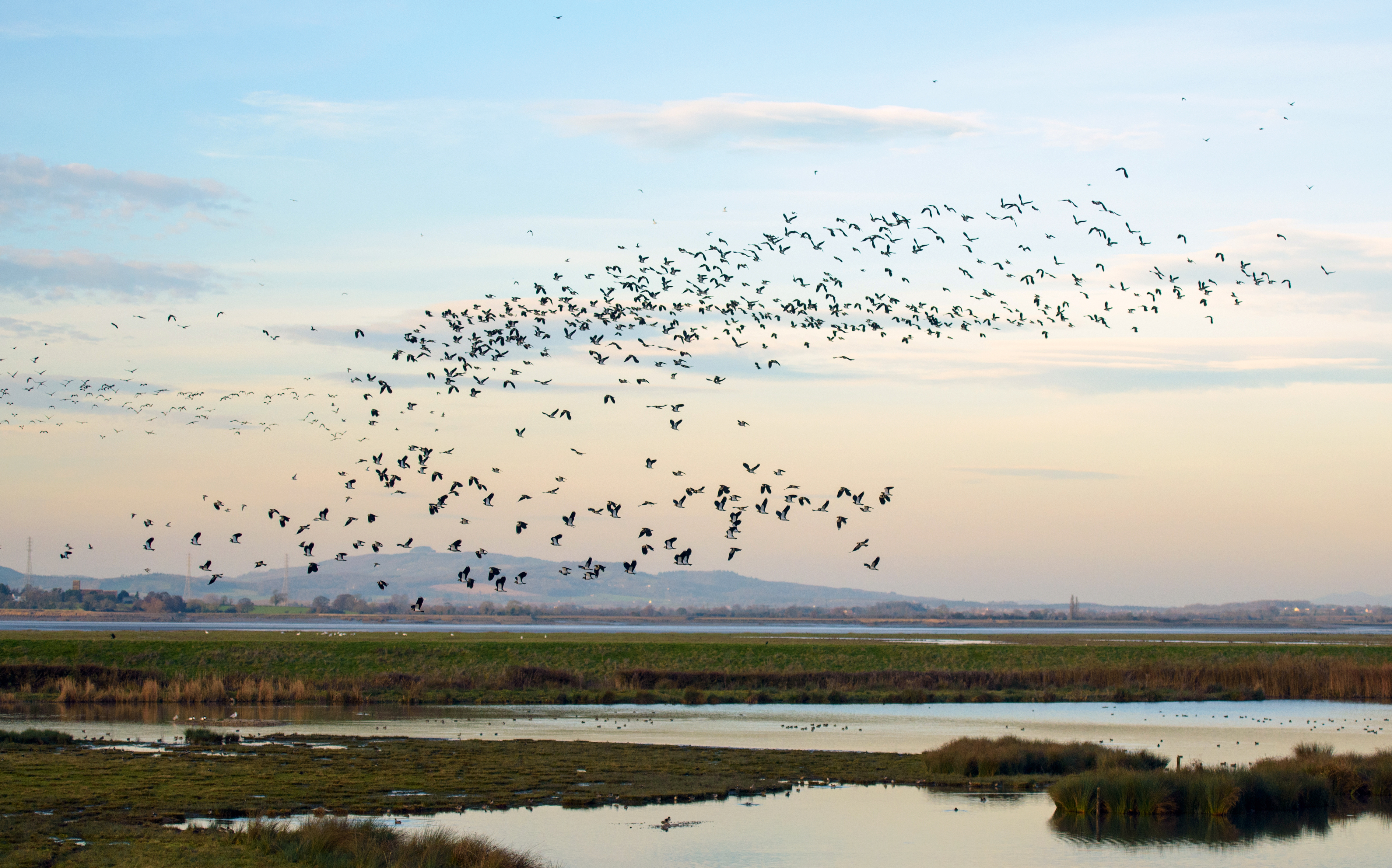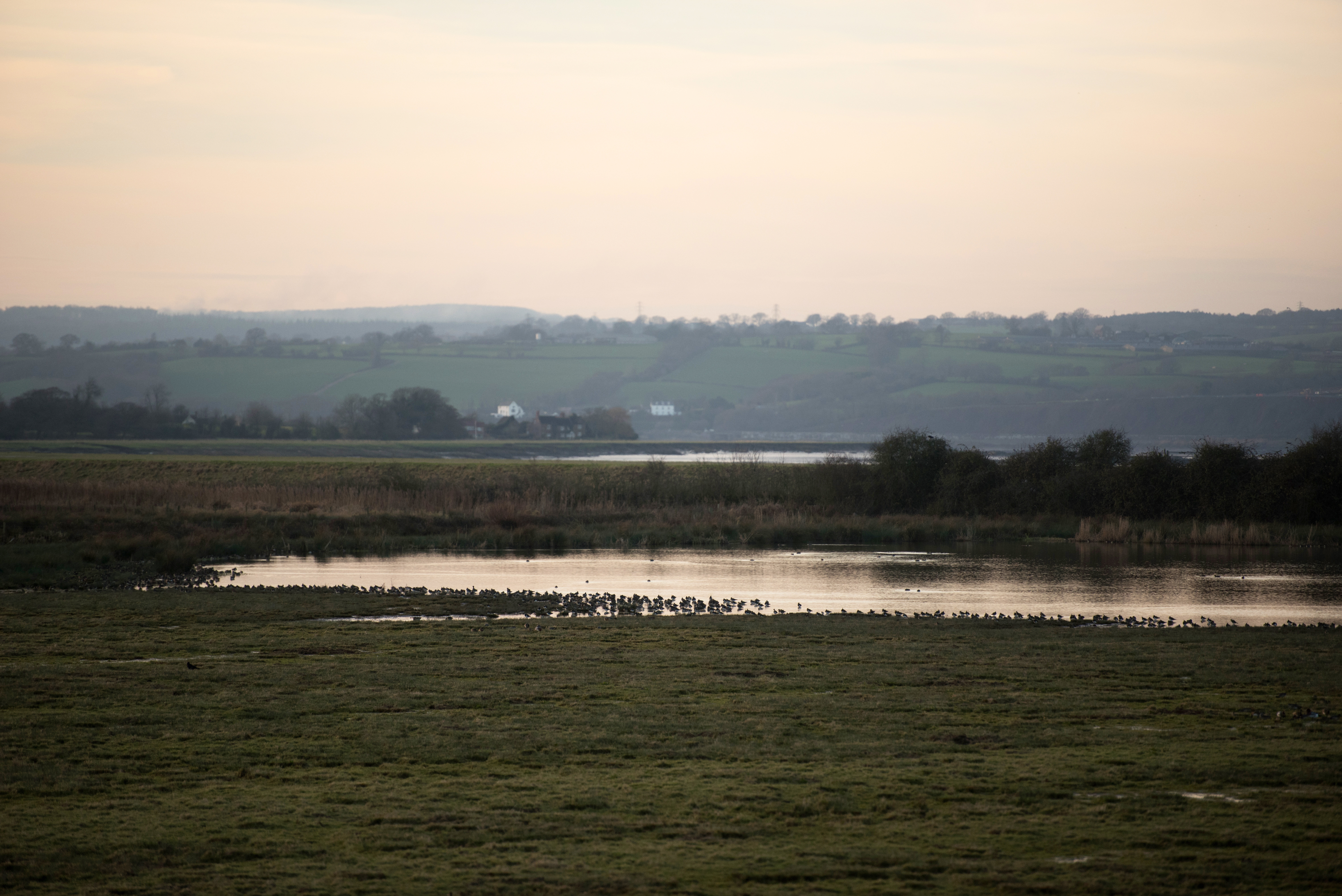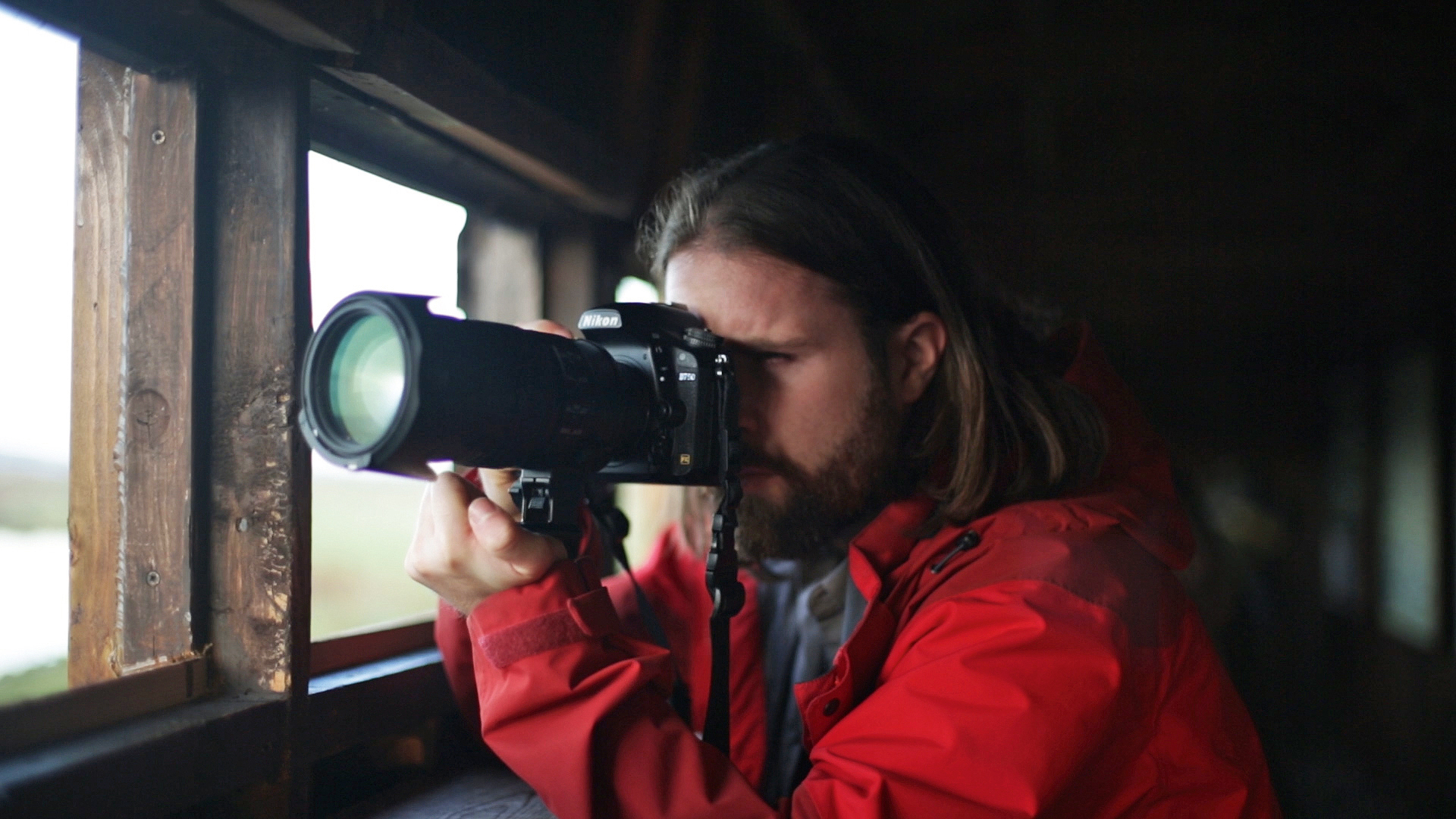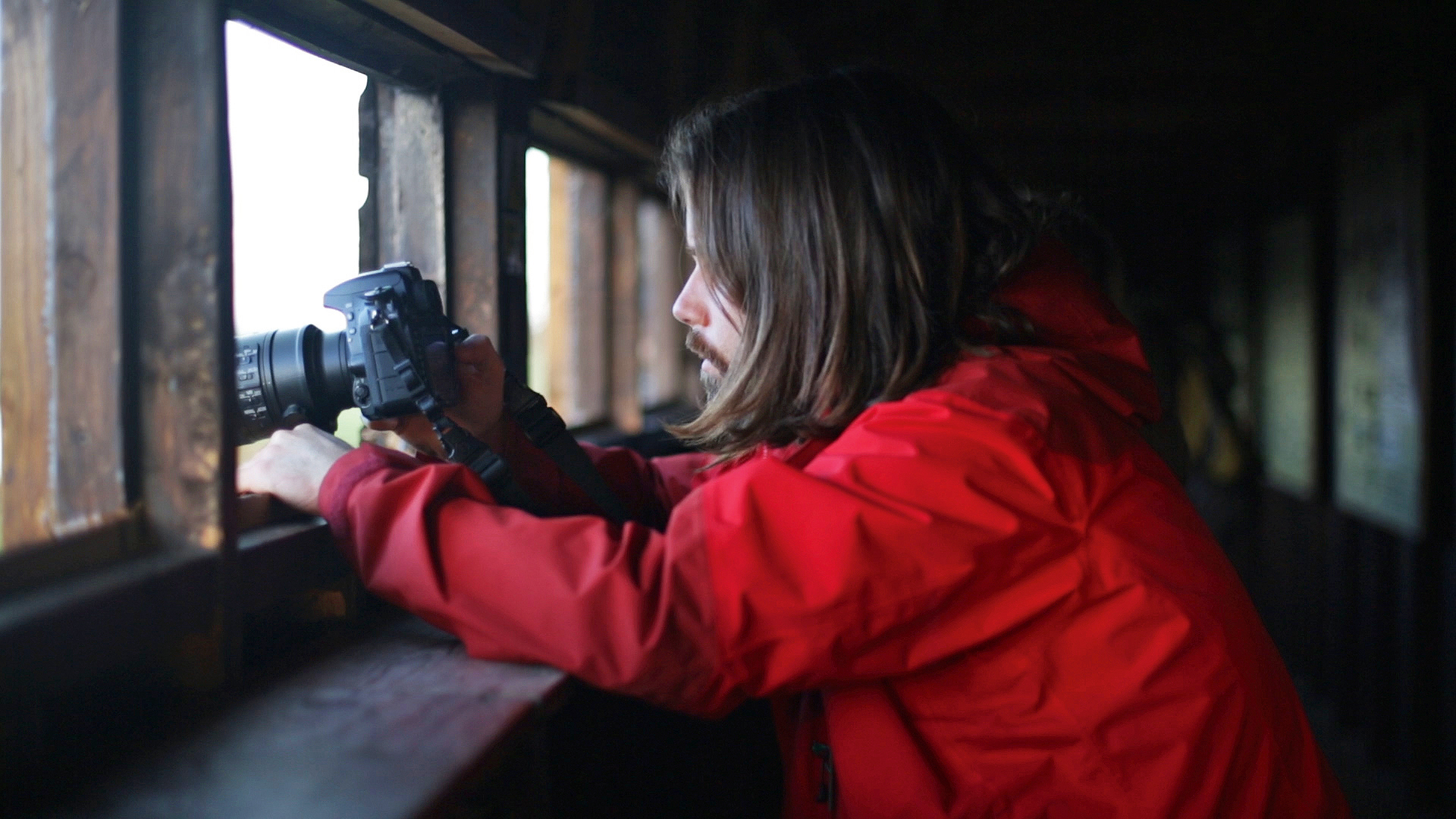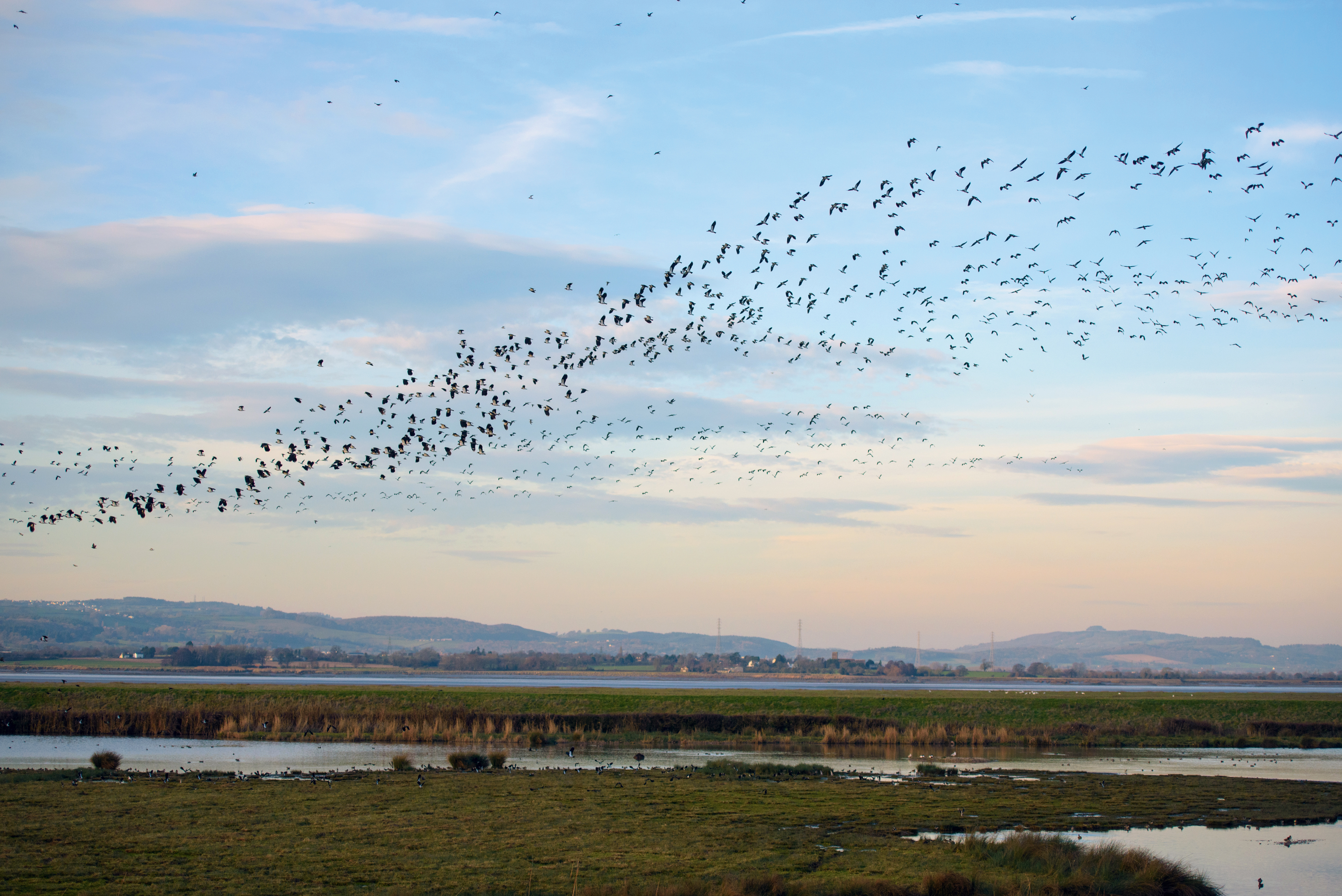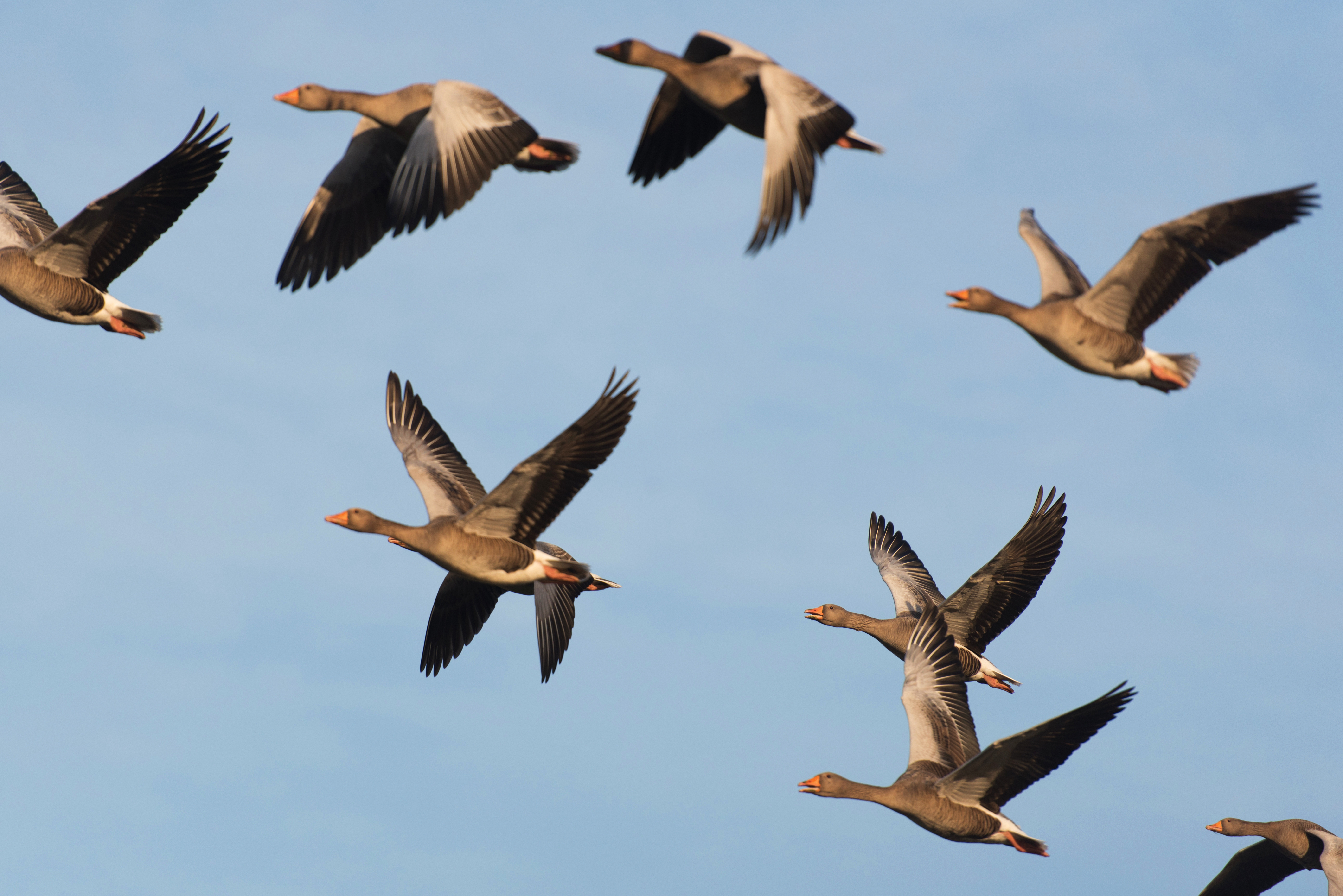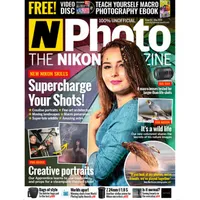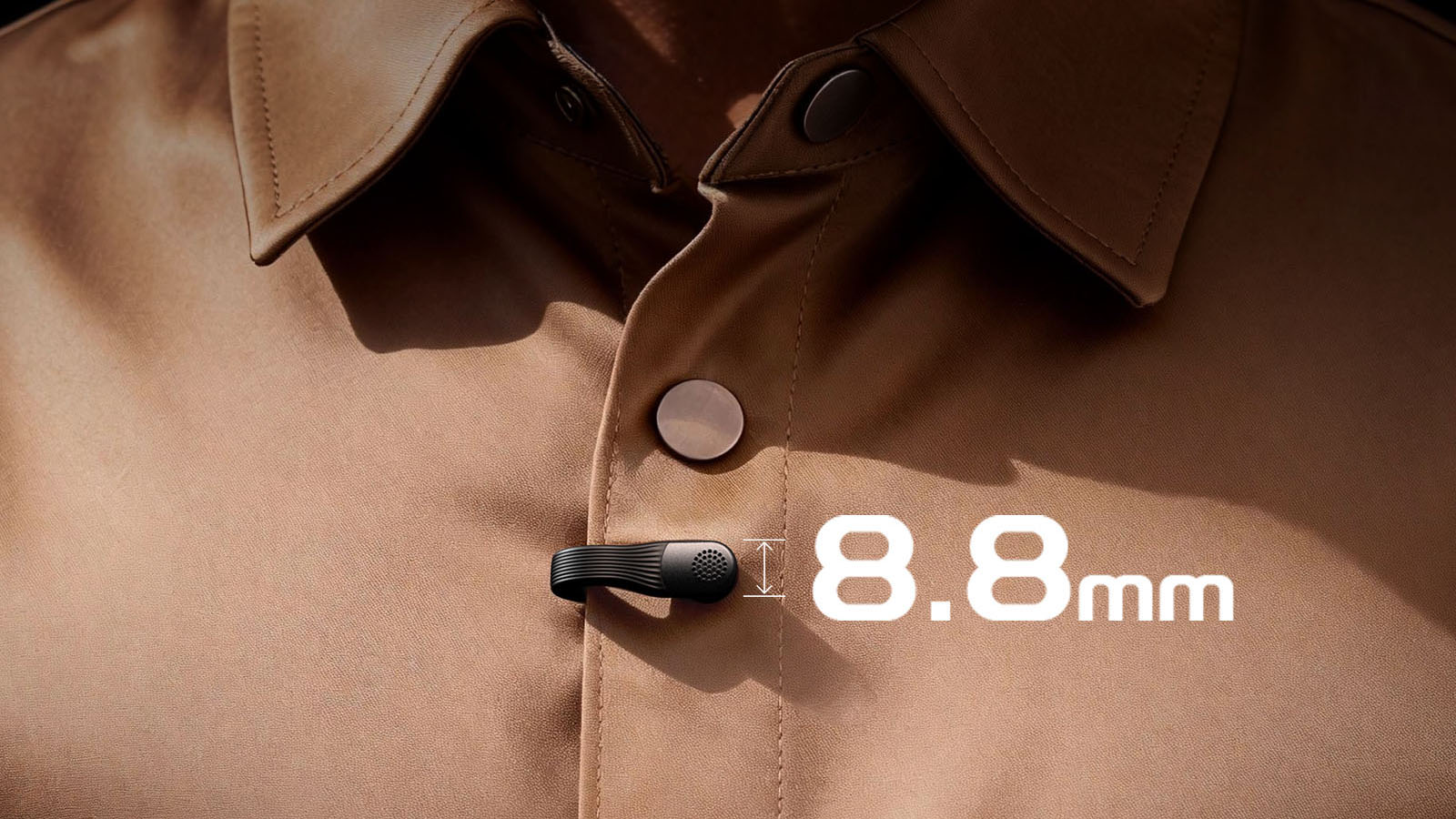Watch video: Photo ideas – Capture flocks in flight
From time to time, many camera users will try their hand at bird photography, whether it’s while looking out of the window into the garden or on a more deliberate trip, such as a falconry experience day.
Rarely, however, do most people plan ahead for more than a few shots – meaning that they are often limited to getting what they can on the day after playing around with settings.
Bird photography might sound difficult, but with a plan and the right camera technique you can get great photos. If you find a popular location and arrive a little early to set up, you can nail fantastic shots in just an hour or so.
Here we’re being ambitious, by photographing a whole swooping and swirling flock of birds. The hypnotizing shapes that starling murmurations make at dusk are famous, but plenty of other bird species also create wonderful fluid patterns as they fly in a flock – so these tips work in any area and at any time of year.
There’s no one-size-fits-all approach to camera settings, yet there are some valuable key settings to aim for, which we’ll explain. Take along a telephoto zoom lens with a fast aperture, so that you can get in close on those faraway birds, and follow our simple tips to help to make your photography take flight…
• Best online photography courses
The best camera deals, reviews, product advice, and unmissable photography news, direct to your inbox!
Look to the sky
01 Do your research
Find a location that’s known to have flocks of birds, and find out when the best time to visit is. We went to WWT Slimbridge Wetland Centre, which has thousands of birds, including lapwings, rooks and starlings that flock reliably around one hour before dusk.
02 Fine somewhere to hide
Permanent hides at reserves are great starting points for beginner bird photographers, as they are placed in areas where birds gather regularly, they’re quiet and they usually have seating. If your location doesn’t have any, take your own portable hide for a little shelter from the elements.
03 Set up your camera
Stick to manual and aperture priority modes for this sort of shoot – especially the latter. We shot wide open at f/2.8, and we used up to ISO450 to ensure that we could achieve a really fast 1/4000 sec shutter speed.
04 Keep an eye out
It’s easy to get restless in a quiet hide and to fall into the trap of checking your camera to keep busy, but don’t lose focus on the birds. You might miss opportunities if you’re looking the wrong way or down at your camera. Nail your settings first and keep your eyes peeled.
05 Keep your distance
Resist the urge to zoom in too close, as it’ll spoil the effect of the birds creating patterns en masse. Rather, set a distance where you can see the flock and some of the landscape. That being said, sometimes cropping closer so that the flock fills the frame will emphasize the mass.
06 Look for patterns
Look out for interesting patterns, especially as the flock turns. As the birds bank they’ll appear larger and darker, and with some interesting clouds behind, the shot will look textured. Keep shooting as new patterns appear (make sure your memory card has enough space).
N-Photo: The Nikon Magazine is a monthly publication that's entirely dedicated to Nikon users. For the best news, reviews, projects and more, subscribe to N-Photo today!
Read more:
The best lenses for bird photography
The best 150-600mm lenses: super-telephoto zooms to get close to the action
The 10 best spotting scopes: spotting scopes for birds, planes and stars
N-Photo: The Nikon Magazine is a monthly publication that's entirely dedicated to Nikon users. As a 100% independent magazine, you can be assured of unbiased opinion from a trustworthy team of devoted photography experts including editor Adam Waring and Deputy Editor Mike Harris.
Aimed at all users, from camera newcomers to working pros, every issue is packed with practical, Nikon-specific advice for taking better photos, in-depth reviews of Nikon-compatible gear, and inspiring projects and exciting video lessons for mastering camera, lens and Photoshop techniques.
Written by Nikon users for Nikon users, N-Photo is your one-stop shop for everything to do with cameras, lenses, tripods, bags, tips, tricks and techniques to get the most out of your photography.
